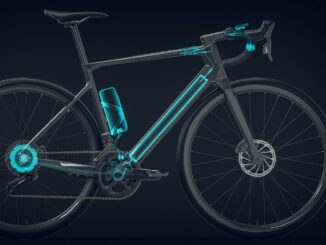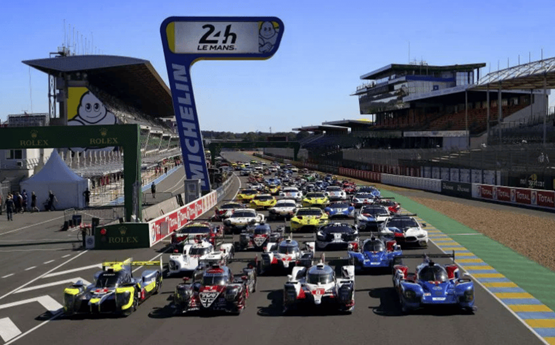
Widely used for position sensing in automotive applications, magnetic technology has always been robust, reliable and easy to integrate into its final application. However, with the trend of electrification, magnetic position sensors also need to solve a not-so-new but now more predominant problem: interference from magnetic stray fields.
This is true for any sensor but even more so for electric power steering sensors. Indeed, the torque sensor is safety related and must comply with the stringent risk-management requirements of the ISO26262 standard.
The first generation of magnetic torque sensors based on MMT technology has been in production since 2007, with tens of millions of parts manufactured to date by licensees all over the world. A second generation of sensors was recently developed to solve the challenge of immunity against stray fields. It is more an upgrade than a completely new sensor which should greatly facilitate its adoption and integration by Tier 1s and OEMs.
A common solution to deal with magnetic stray fields is to add shielding. It is often used but rarely fully successful as it is more often a crude patch than a real option to solve this type challenge. The second generation of torque sensors uses a simple-yet-effective magnetic redesign to redirect the external perturbations. The sensor has the same number of parts and uses the exact same material as the current generation: a ferrite rotor, 2 FeNi stators and 2 fixed FeNi collectors that are used to concentrate the magnetic flux read by the Hall sensors. The MMT innovation comes from the redesign of the 2 collectors: they ensure that the only magnetic field read by the hall sensors is the one generated when a torque is applied, nullifying by design the external magnetic fields coming from any direction or source: high current cable, radiating loop, or other stray fields, homogeneous, or otherwise
In addition, the technology can be easily combined with a single or multiturn angle sensor to become a Torque and Angle Sensor in the same package and is adaptable to other applications such as eBikes where it can double as a torque-and-cadence sensor simply with the addition of a single Hall sensor.
For more information see https://www.movingmagnet.com/.



